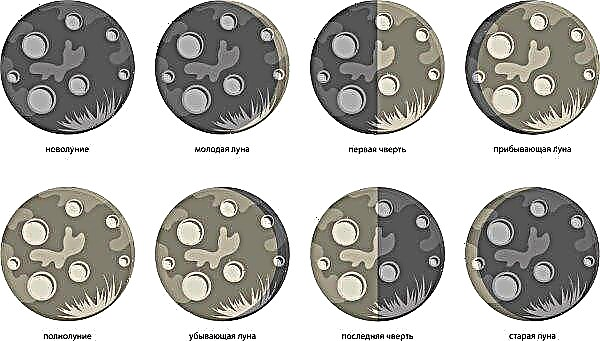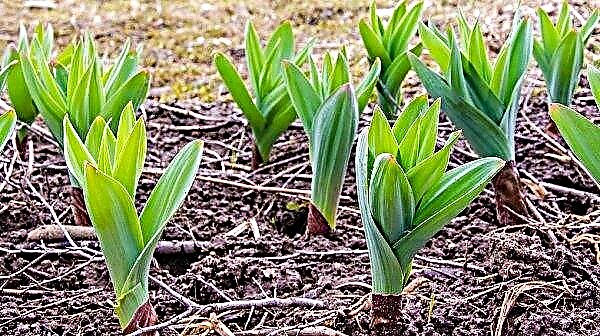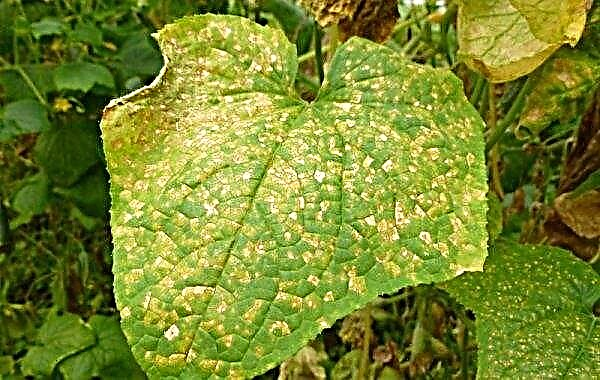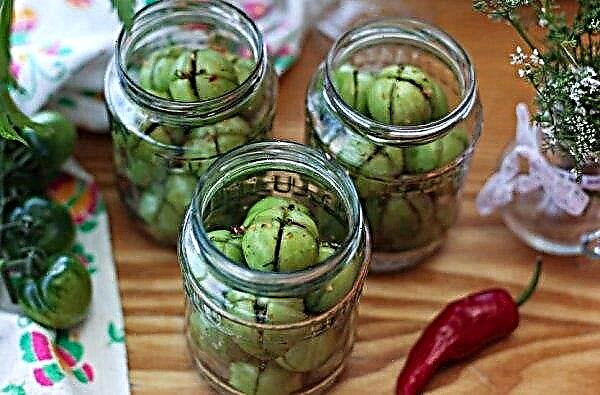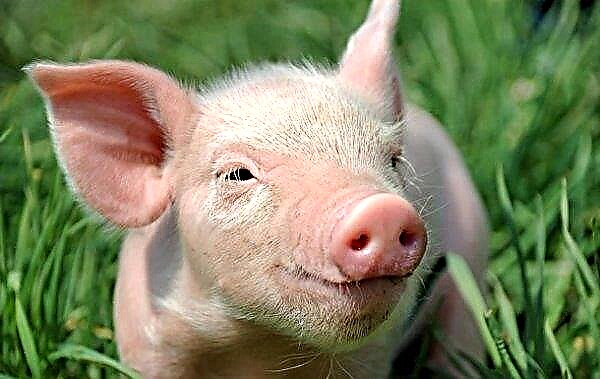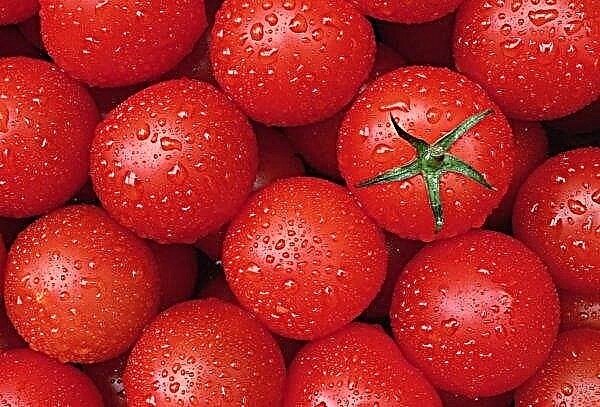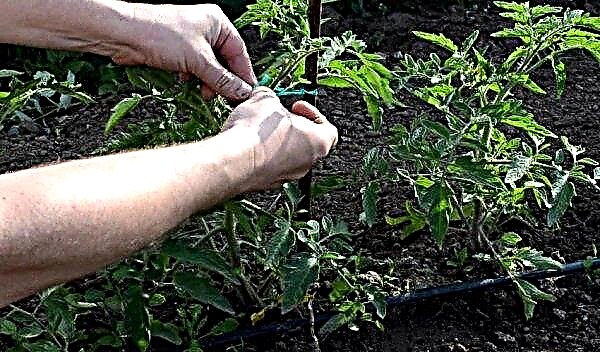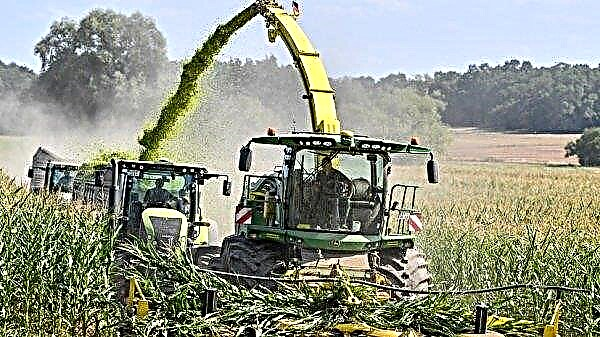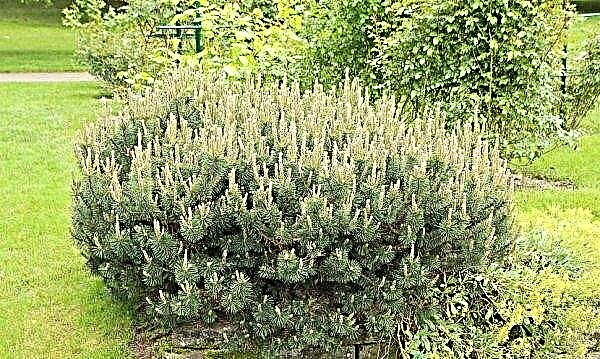There are cows of meat, dairy and meat and dairy breeds. If your goal is to obtain milk, cottage cheese, sour cream and other dairy products, then you should pay attention to animals of a dairy orientation.
The list of breeds of milk productivity
Records for the productivity of dairy products are dairy cows. The highest milk yields are characteristic of animals, which we will discuss in our article.
Ayrshire
These representatives of cattle will be a real find for the owner. The breed comes from Scotland. Nowadays, it is kept in many countries.
Such characteristics are inherent in an animal:
- the hair of cows is light brown; bulls may have dark spots;
- weight - up to 600 kg;
- small head with thin horns;
- the back is wide and the body is short.
- These cows have these advantages:
- developed udder;
- constancy of milk yield;
- high performance;
- easy acclimatization;
- no problems after calving;
- good digestibility of feed (including coarse).
Red-motley
These cows were bred by Russian breeders by crossing Simmental and Holstein breeds.
- They are the youngest breed, but despite this, they have many advantages:
- large physique, weight - 560-660 kg;
- cup-shaped udder;
- good productivity - 5000-6000 kg per lactation;
- fat content of milk - up to 4%;
- protein content - 3–3.5%;
- tolerate a hot climate;
- resistant to stress.
Work on improving the breed is ongoing.
Black and white
Another young breed of dairy cows. In Russia, they occupy more than 50% of all cattle.
- This is due to the presence of such advantages:
- large bowl-shaped udder;
- weight - from 500 kg to 1 ton;
- milk yield - up to 1.4 kg per minute;
- milk yield is 6000-8000 kg per year;
- fat content - about 4%;
- high protein content (more than 3%);
- tasty meat products.
Burenki have record milk yields in excess of 8 tons per year.
Yaroslavskaya
Cattle of this breed has been providing us with dairy products for more than 200 years. The coat of animals is black with white spotting.
- The Yaroslavl are slightly inferior in weight to other cows, but they have no less advantages:
- cows weigh 400–500 kg, and among bulls there are giants up to 1200 kg;
- productivity - from 3000 to 5000 kg per year;
- the fat content in milk is up to 4.5%, the protein component is up to 3.7%;
- used to get beef, as young growth is fast.
Did you know? According to scientists, about 20% of greenhouse gases come from cows. In doing so, they harm the environment.
The record for milk yield of these cows was 11590 kg per year.
Holstein
The homeland of these cows is America. Animals have spots of various shapes, located mainly in the lower torso. Acclimatization affects the exterior and productivity, but on average the indicators are:
- the weight of the animal varies within 1 ton;
- bowl-shaped udder;
- milk flow rate - 2.5 kg per minute;
- fat content - up to 4%, protein - about 3.5%;
- the number of milk yield per lactation is from 7000 to 9000 kg.
Did you know? In 2004, 30805 kg of milk per lactation was milked from a Juliana cow of the Holstein breed.
Israeli cattle breeders have created the conditions for Holstein to provide up to 10,000 kg of produce per year.
Kholmogorsk
These cows belong to the oldest breeds. It was developed back in the 17th century in the Arkhangelsk region.
- Animals have numerous advantages:
- good reproductive qualities;
- the weight of cows is up to 500 kg, bulls - 800–900 kg;
- milk yield is in the range of 3000–3500 kg per lactation, under good conditions - up to 5000 kg;
- fat content - in the range of 3.5–3.8%, protein - 3–3.6%;
- good immunity and high endurance;
- quick bending;
- quality meat.
Animals have high productivity in cold climates, but do not tolerate high temperatures. Today, breeding work is underway to increase the fat content of the dairy products of these cows.
Jersey
These animals belong to the small representatives of cattle that were bred in England. The color of the cows is red, with a light or dark shade. Some individuals have white spotting on their belly and legs.
Characteristic features of the breed:
- small head and thin neck;
- improper formation of the hind limbs and a slightly raised back;
- large cup-shaped udder;
- the weight of females is 350-400 kg, bulls - about 600 kg;
- a high percentage of milk fat (up to 6% and higher), protein content - 3.7%;
- average annual milk yield - 4,500–5,500 kg;
- meat is not of high quality and is not in special demand.
Due to the high fat content, the dairy products of these burenki have a yellow color and, when standing, are well divided into fractions, forming a thick layer of cream on the surface. Jersey bulls are often used to increase the fat content of milk from cows of other breeds.
Red steppe
This cattle comes from Ukraine, it is more than 200 years old. The color is red or red, spots and marks of light color may be present.
Important! These cows often have defects in the structure of the udder (normally it is round or cup-shaped), such animals should not be used for further breeding.
Distinctive features of these animals are:
- the weight of cows is within 500 kg, the bulls are larger - up to 900 kg;
- average annual productivity - up to 4500 kg;
- fat content - about 3.5–5%, the presence of protein - 3–3.5%;
- high adaptation and ability to get along in any climate;
- fast weight gain on green grass and its safety in a period of drought;
- strong immunity;
- tasty meat products.

Dutch
This is one of the oldest dairy breeds. Cows have a black-and-white suit with a proportional torso. In performance, no breed can be compared with the Dutch.
- Among the advantages, the following can be distinguished:
- large udder cup-shaped;
- the weight of the cows is 500–600 kg, the bulls are heavier - up to 1000 kg;
- early maturity and rapid growth, which ensures early milk production;
- milk yield is up to 4500-5000 kg per lactation;
- fat content exceeds 4%, and the amount of protein is about 3.5%.

How to choose a dairy cow
When choosing an animal, you need to pay attention to the appearance (exterior), age, and also some other physiological indicators.
Cows with high milk yield have the following characteristics:
- the head is small, elongated;
- the neck is thin and folded, with a small underpart;
- withers straight, high, not very wide;
- the back is straight, the transition of the lower back to the croup without hollows;
- the belly should not be too tight or very saggy;
- limbs should be strong;
- the coat is smooth and shiny, and the skin is dense (with a small amount of subcutaneous fat), thin and mobile.
Particular attention should be paid to the udder:
- thin skin with sparse hairs;
- well-developed venous network;
- a wide milk well (abdominal cavity) into which the milk vein flows: it is palpated with fingers on both sides of the body (the larger the width of the ring, the higher the milk yield);
- udder lobes identical, conical or cylindrical nipples 6–8 cm long.
In order not to get a very old cow, you need to pay attention to:
- teeth, which in cattle grow at certain periods, therefore, the presence of a specific tooth indicates the exact age of the animal (after the appearance of all teeth, age is determined by the degree of their abrasion and wear);
- horn ringsappearing after each calving: in heifers, age is determined by the length of the horns, for 1 month they are extended by 1 cm.

There are also some folk signs indicating the high productivity of cows:
- the deeper the hollows between the cow horns, the more milk it gives;
- a lowered forelock on the head is also a sign of high milk yield;
- the rounded tip of the tail is yellowish - evidence of good fat content of milk;
- pits below the shoulder blades are evidence of good productivity.
Important! The peak milk production occurs after 5-6 calving.
Dairy cows are also calm. In order to have enough dairy products, you must not only choose a dairy cow, but also take into account all of the above recommendations. In addition, to obtain high-quality milk, animals need a balanced and varied diet, as well as good conditions.

